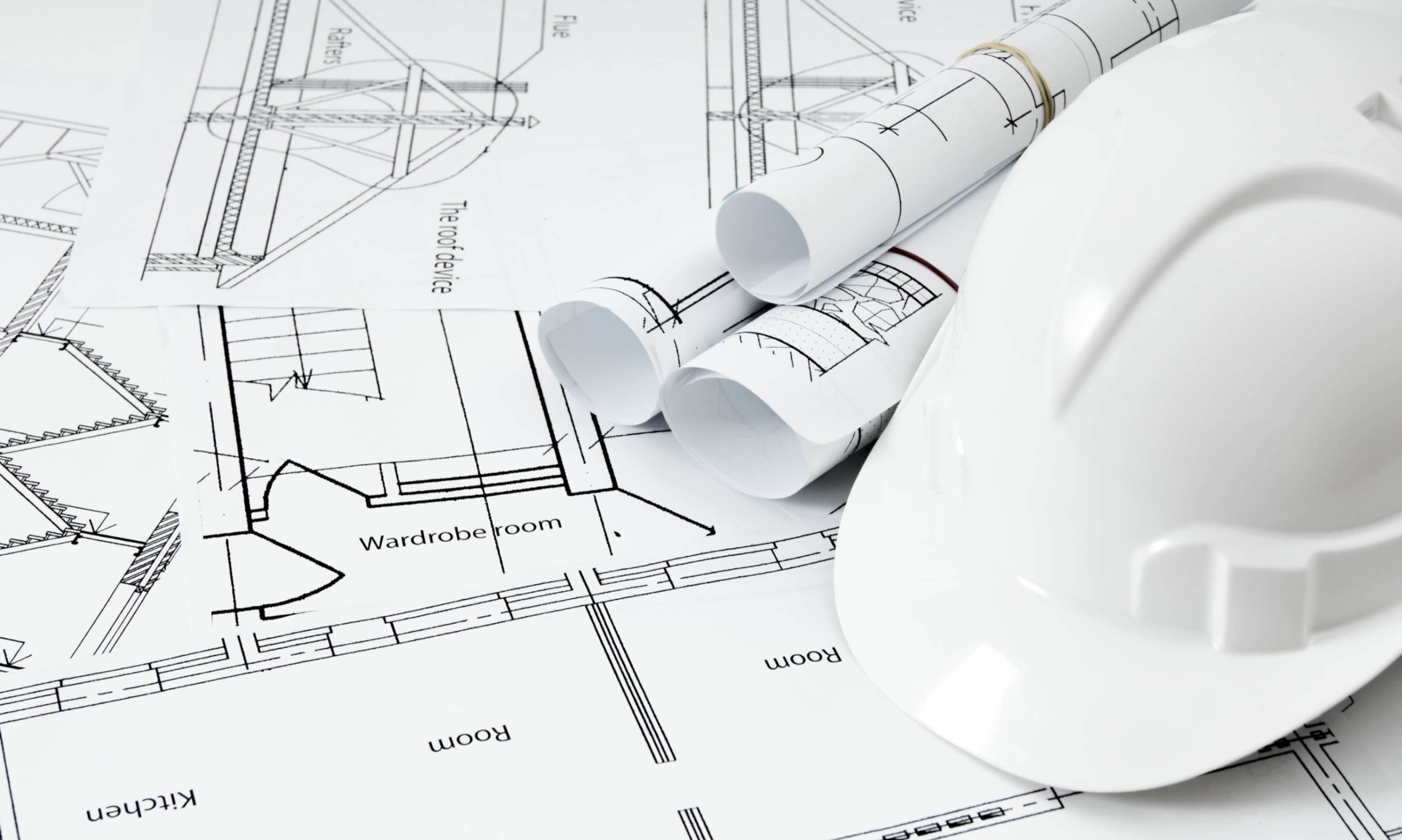Many property owners are now turning their attention to accessory dwelling units, secondary homes, and other secondary housing due to the increase in high-density residential housing in the United States.
They are all different in terms of structure and law, but they are all housing units that can be added to a property. They are usually permanently attached to the land and form part of it. Most are self-contained, and they're designed to be independent. Why the differences in nomenclature, then?
It is not a new concept to have one or more separate living units that are attached to a main residence. They've also been called carriage houses, alley apartments, basement apartments, and laneway homes.
Tiny homes and cottages are self-contained, independent units. It is important for first-time homebuyers and existing homeowners to know the difference between a backyard cottages, a tiny house, and ADU.
Tiny Homes
A tiny house is usually less than 400 square feet and may be built with a towable axle or a permanent foundation. It is not mobile.
Legally, those that are mobile are classified as recreational vehicles. Some zoning permits do not allow permanent living in a recreational vehicle, so you cannot legally use it as a granny's flat.
The tiny house can be used permanently in many locations if the wheels are removed.
Tiny homes are accessory dwelling units when they're built on permanent foundations. However, due to minimum-size restrictions, they can't be considered the main residence on a piece of land in many areas. You'll also need to get building permits and undergo inspections if you plan on constructing a tiny home.
Check with your city's building department to determine the size and zoning requirements for structures before you begin construction. It is worth speaking to an expert as this can save you both time and cost.
Accessory Dwelling Unit
Any additional structure designed for permanent housing that is separate from the main building can be considered an accessory dwelling unit. ADUs can be a basement apartments or an apartment above the garage. They could also be a tiny home or a cottage in your backyard.
ADUs are not just for family members. Many people also use them as a way to supplement their income or to use space that is no longer needed. ADUs are a great way to conserve resources. Many homes today are too big for just one or two people. An ADU is a perfect solution for those who need to house elderly parents or children who are looking for independence but cannot afford housing in some areas.
Rent out the bigger home while living in the smaller one. You can also benefit from income tax savings and on-site management.
Construction of an accessory dwelling will require building permits and inspections by the city or county. It must also be built according to building codes. ADUs are a permanent feature of the home and cannot be separated. If you are considering an ADU units, check with your local bank about rates and other options.
Cottage Homes
A cottage home is a smaller home, but it is still the main structure of a property. Depending on the jurisdiction, it could also refer to a granny flat or mother-in-law cottage. Cottages can only be up to 800 square feet in size and must include a kitchen, bathroom, living room, and bedroom.
A cottage built according to the cottage code can be considered the primary residence, even though a cottage cannot be sold separately. The construction of a cottage in the backyard must adhere to local building codes and zoning laws.
The additional construction will likely increase your property's value and real estate taxes.
Accessory Dwelling Units or Backyard Cottages are affordable housing options that retain the feeling of a home. They are perfect for elderly parents, relatives, and property owners who want to downsize their main house and rent it out. Moving into a modular house can be a great option for seniors on fixed incomes.
Many banks are willing to lend on this type of structure.
The cost of building a cottage varies depending on the location, type, and style.
What type of housing is right for you?
The best type of home for you depends on your individual circumstances.
Tiny living has its drawbacks. You may not want your lifetime of memories thrown away, so it may not be for you.
You may love the idea of cottage life, but you don't want to be responsible for new construction in your yard.
It's noisy and messy to start a new construction. You also have to deal with the finances and selecting a reliable contractor.
If you're interested in renting out a basement apartment or accessory dwelling unit but are worried about sharing your space with someone else or finding a suitable tenant, this is the right option for you.
Only you can decide which ADU home is right for you. Some of the pros and cons are as follows:
Tiny Homes
- The least expensive
- New construction takes the least amount of time
- Renting to students and young couples is easy.
- You may need to downsize your personal belongings if you are living there
- You may start to feel cramps
- Yard sales are no longer allowed, and possessions should be kept at a minimum.
ADU
- There may be a basement or garage already available. No new construction is required.
- No expensive permits or inspections
- Income flow may start more quickly
- No additional mortgage payments
- You may lose some privacy
- Renovations may be required to make the home habitable
- You may feel vulnerable when you have to evict a tenant
Backyard Cottage
- Renting the cottage may take more time to generate income
- Noise, mess, finances, and finding an honest contractor are all issues that arise during new construction.
- Mortgage payment additional
- Renting the main residence, you may be reluctant to let someone else live in "your home".
- If you live in the cottage, you must move there.
Only you know your needs and outlook, so only YOU can determine the type of accessory dwelling unit that best suits them. This type of living, however, is extremely green and cost-effective. This can be a quick way to earn money and stay in your current home.

Parceloop will walk you through all the steps to building an ADU on your property. We will discuss ADU requirements, ADU designers, ADU contrator, ADU interior designers, and basic ADU building science.
Parceloop Online Configurator provides comprehensive guidance to simplify the process. The Online-configurator ensures that every step is carefully considered. Parceloop’s Online-configurator will be your trusted companion on your journey towards realizing your dreams.
Contact parceloop.com now!
